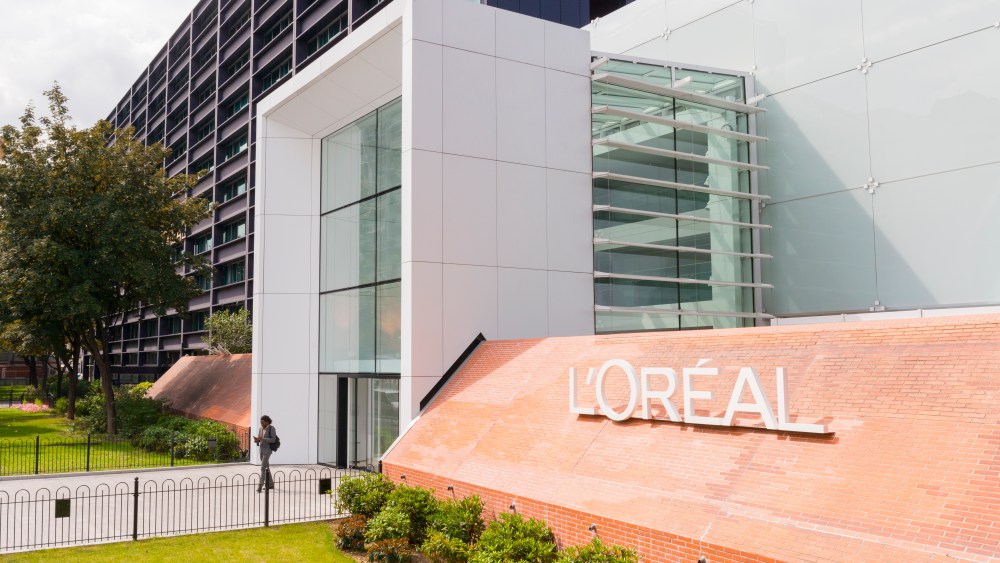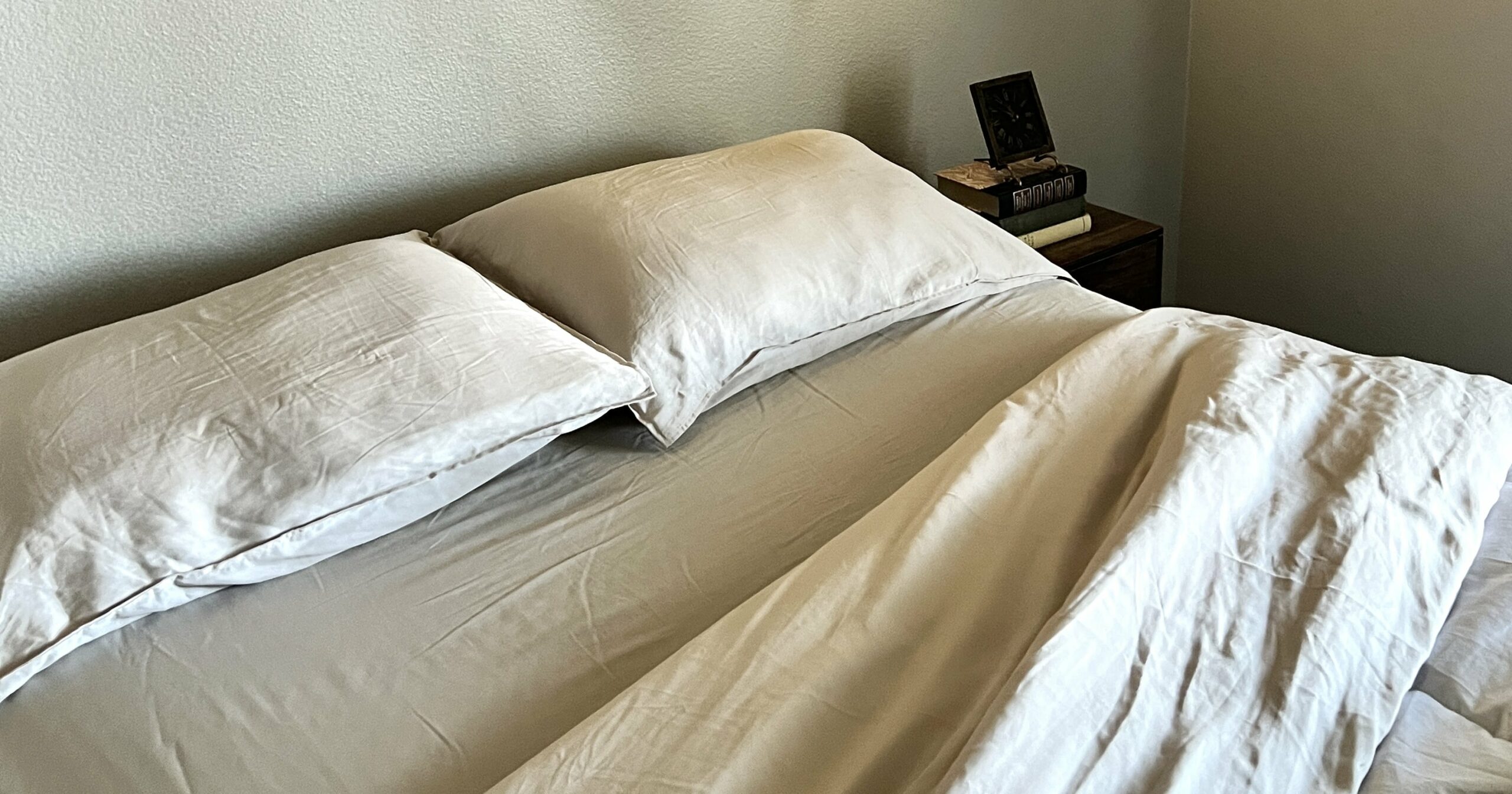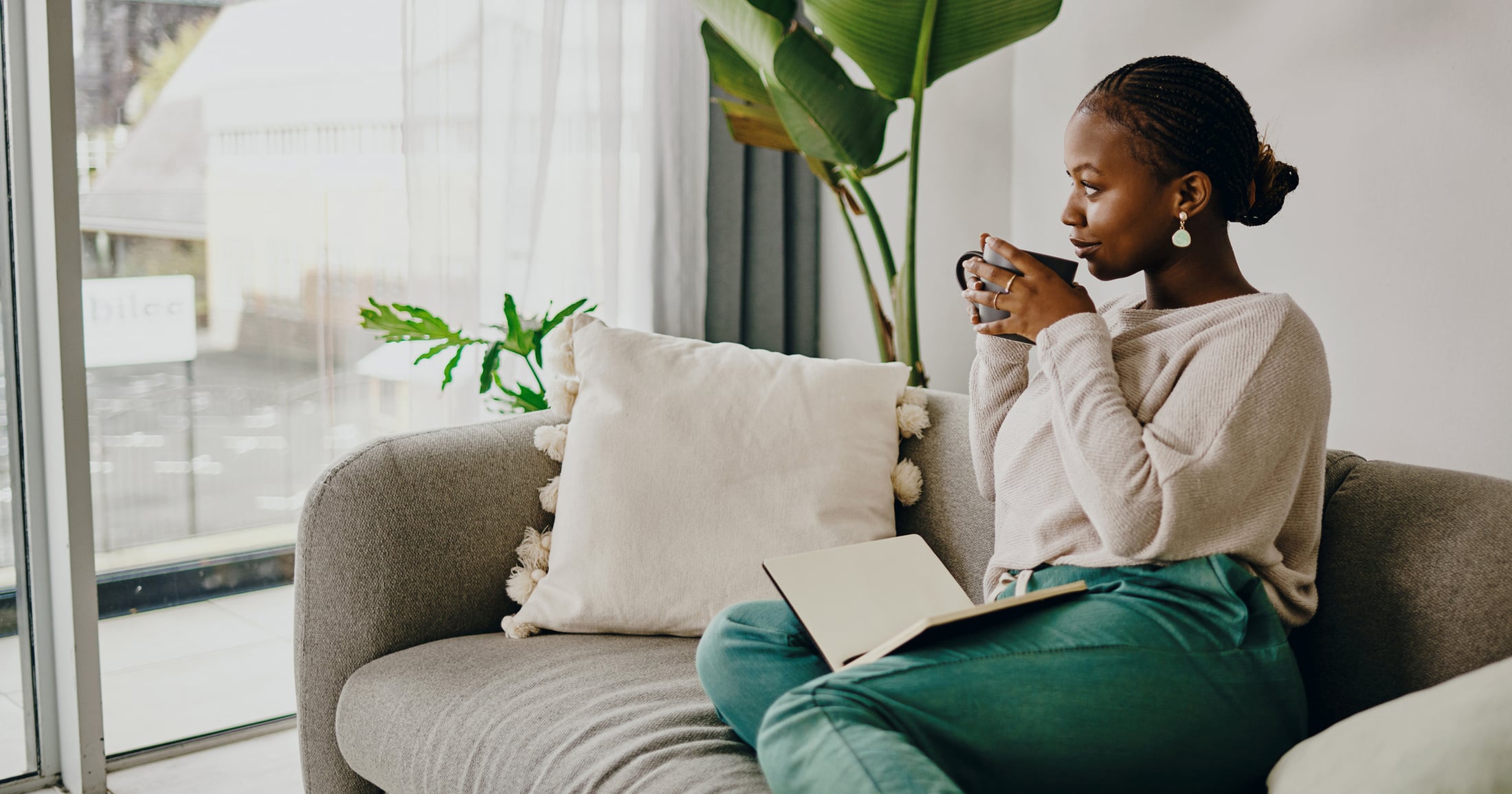PARIS — Nicolas Hieronimus, L’Oréal chief executive officer, remains confident about the beauty market and his group’s business.
The world’s largest beauty company registered third-quarter sales of 10.29 billion euros, up 2.8 percent in reported terms and 3.4 percent on a like-for-like basis.
“Considering the global context, I’m very happy with the overall growth of L’Oréal at plus-6 year-to-date, which is a solid growth that allows us to continue to increase our leadership on the market,” the executive said during a sit-down interview in company headquarters.
Related Articles
In the nine months ended Sept. 30, company sales were 32.41 billion euros, representing a 6 percent increase in both reported and organic bases.
The beauty market slowed during the summer, with some contributors to that expected, while others less so.
The expected headwind, which L’Oréal had planned for, was the normalization of market growth all around the western world, but also emerging markets with the fading of the inflation effect, which was very high last year and in the first part of 2024, but is waning currently.
“In the end, what’s positive is that whether in North America, Western Europe or emerging markets, the consumption remains globally dynamic, with growth in units that remain,” Hieronimus said. He called it the “elimination of the inflation effect, which is to some extent good for the consumer wallet, but less so for the market growth.”
“The turbulences that were unexpected, aside from a few regional hiccups, were first of all the situation in the Chinese ecosystem, which we were hoping at worst [would] stabilize, but it got worse,” Hieronimus said. “The market was negative over the summer — it was even double-digit negative on luxury products.”
That was true for both domestic China and travel-retail Asia. Minus those, year-to-date, L’Oréal’s sales would be at more than 8 percent.
Hieronimus said he was happy to hear about the stimulus measures announced by the Chinese government when he was in Asia two weeks ago.
“It’s clearly too soon to know whether they have any impact,” he said, noting, though, the conversation around beauty and apparel increased a bit after the announcements.
“It seems to be at last getting some of the Chinese consumers a bit more excited,” Hieronimus said. “But we haven’t seen any impact on the market yet.”

He personally does not foresee short-term improvement in the overall Chinese economy.
“It’s about consumer confidence, but it’s also about innovation,” said Hieronimus, highlighting that in China, brands such as Yves Saint Laurent, SkinCeuticals, Prada and CeraVe are selling strongly.
Recruitment in the country is important, too.
“There’s 400 million Chinese people that can afford our products,” Hieronimus said. “We sell to around 100. We have to go deeper into tier-three and -four cities, both through online and offline, and we have planned for that.”
L’Oréal is opening in a few cities this year, while closing some stores.
Beside China, another, albeit smaller — though still impactful — negative phenomenon was the recent summer season, which was appalling due to poor weather, he said. That was following a strong first quarter for the category.
“We had a very negative third quarter because the sellout, unfortunately, was not good,” Hieronimus said. “Aside from that, the overall thing that I’m happy about is, first of all, beauty consumption remains resilient. It’s growing in units everywhere, including in China. And we see that the brand or categories where we have true innovations and creative offers to the market are working.
“We’re doing fantastic in hair care, with double digits. We’re doing phenomenal in fragrance, where we’re almost at high mid-teens, and way above the market,” he said. “We’re progressively, slowly, coming back on makeup, where most of our innovations were back-loaded on Maybelline.”
Hieronimus said L’Oréal is struggling in skin care, since the weight of the category in North Asia is 40 percent.
“Overall, we grow, gain share and are preparing for a strong 2025,” Hieronimus said.
Regarding the U.S., he said the market has been normalizing.
“It’s mostly a value decrease,” said Hieronimus, adding there are differences between categories and channels, however. “Mass market has been slowing down. Makeup has been slowing down quite a bit.”
Post-COVID-19 there had been a makeup frenzy, yet now the more colorful looks have waned.
“But prestige remains pretty dynamic, particularly fragrances and less so skin care,” Hieronimus said. “So there are opportunities on the U.S. market.”
Looking ahead, he’s confident for both the country’s market and economy — regardless of the presidential election outcome.
“I don’t think it will affect consumption,” he said. “People have money, inflation has reduced.”
In the U.S. it’s mostly the lower end of the beauty market that has slowed down, while the upper end is doing well.
Hieronimus introduced the topic of L’Oréal’s beauty stimulus plan.
“Beauty is an offer market, and when the market is a bit softer, we have to make extra efforts to stimulate the appetite,” he said.
The stimulus plan is an extension of what the company already does — more innovations and brands, such as the addition of Miu Miu on Jan. 1. It also entails playing more on the company’s price piano.
“It’s a fantastic strength that we have today,” said Hieronimus, explaining over the past couple of years the world has been undergoing a valorization process as cost of good increased. “We see in some parts of the world, luxury is struggling a bit. Others, it’s more mass. Indeed, we have to use even more the breadth of our brand offering to seduce more consumers.”
Hair color, for instance, has not been a dynamic category since the pandemic. So L’Oréal has simultaneously launched the Colorsonic device in the U.S., which retails for a bit under $200, and a $3 sachet of hair color from Garnier. In the middle of those price-wise is Good, natural color from Garnier.
“Our way to stimulate beauty is to offer innovations at all price points, to make sure that no consumer is left behind, and they can always find a L’Oréal product that satisfies or stimulates their own appetite for beauty,” Hieronimus said.
Europe is expected to remain a bastion of growth, though less value-driven.
“The big difference between our last quarter and the previous one is that the value-effect has really reduced, but consumer confidence remains surprisingly high, considering everything,” Hieronimus said.
Europe is where L’Oréal has all of its brands present.
“We’ve reorganized a lot in Europe to generate more fuel behind our brands, in terms of regrouping countries,” he said.
Of the top 10 largest growth contributors at the company, five are European countries, despite the group already having high market share there. Eastern Europe is particularly dynamic at present and represents a growth pocket for L’Oréal.
L’Oréal Luxe has been accelerating quarter after quarter, despite being the division for which North Asia has the biggest weight.
“But they are blessed with the most fantastic luxury brand portfolio of the industry,” Hieronimus said. “This growth is driven by their incredible track record in fragrance.”
He underlined a winning streak on a category that is itself increasing.
“The division has been accelerating progressively on makeup,” he said. “It remains insufficient on skin care.”
That’s due to the category being linked to the derm segment, which has decelerated, and Asia.
“We see Kiehl’s is accelerating again in the USA,” Hieronimus said. “Overall, there’s lots of plates to turn, but it’s going in the right direction.”
The strength of L’Oréal’s Professional Products Division was its shift to an omnichannel strategy, where — more than ever — the company serves stylists, but simultaneously makes premium professional products directly available to consumers in selective distribution, according to the executive.
“It’s been done in a way that keeps the market clean, with no price wars and counterfeits,” Hieronimus said. He explained that, also in mass, there’s a great demand for sophisticated products to answer the demands of longer and more racially mixed hair.
“In the professional division, we are still impacted by the fact that the salon activity remains pretty stable,” he said. “There’s no real growth there.”
In terms of sell-through, L’Oréal’s Consumer Products Division is at market level.
“It’s gaining share in Europe and in emerging markets, and it’s losing share — although it’s getting better — in North America, mostly because of the weight of makeup in their business,” Hieronimus said. “Even though NYX as a brand is gaining share.
“CPD has to accelerate in North America,” he said, and that’s especially true in the makeup segment.
Hieronimus described the Dermatological Beauty Division as gaining massive market share.
“It’s a market that continues to boom in many parts of the world, and has slowed down very strongly in the U.S.,” he said. Part of that is due to sun care and the other to young consumers, who tend to try out various brands and categories.
“But mid-term, there’s more skin issues, pathologies, UV,” Hieronimus said. “Here, innovation makes a big difference.”
For 2024 and 2025, he reiterated that if the beauty market overall is up by about 4.5 percent, with negative growth in China, that’s a fair result.
“When we talk about normalization of the market, that is what I foresee in the years to come,” he said. “As I said in the first-half call, if the beauty market grows by 4.5 percent every year between now and 2030, it’s 100 billion euros more. So plenty of growth opportunities.”


